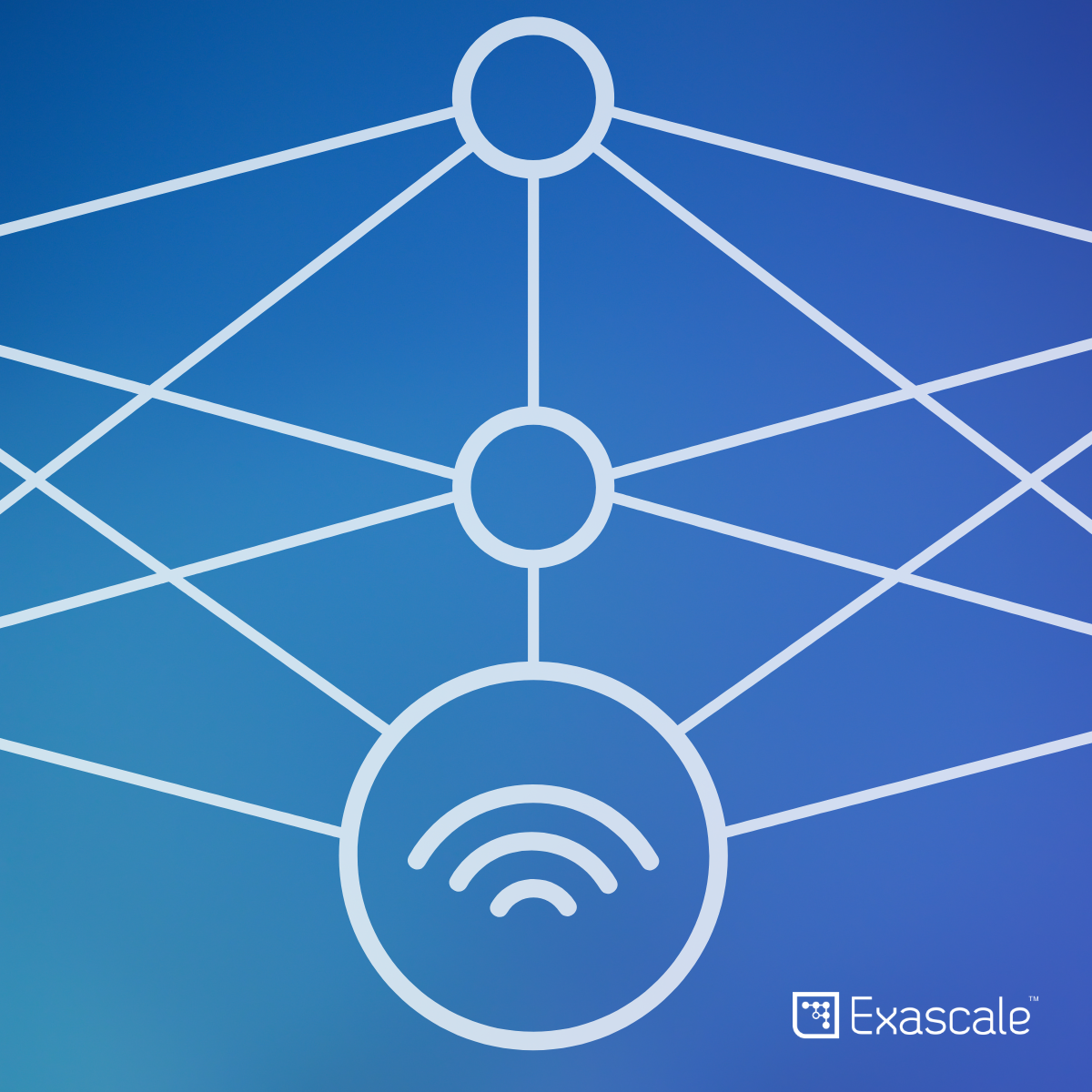
Introduction
As the UK continues its rapid transition from legacy copper networks to full-fibre infrastructure, understanding the fundamental protocols used to deliver broadband services becomes increasingly important. Two primary protocols dominate the landscape: Point-to-Point Protocol over Ethernet (PPPoE) and IP over Ethernet (IPoE). Let’s explore how these protocols shape internet delivery across Britain.
The UK Broadband Landscape
Historical Context
Traditionally, UK internet service providers (ISPs) like BT, TalkTalk, and Sky have relied heavily on PPPoE, particularly for ADSL and VDSL services delivered via the Openreach network. This approach stems from the dial-up era and has carried through to many modern implementations.
PPPoE: The Traditional British Approach
Core Components
- LAC (L2TP Access Concentrator): Commonly found in BT exchanges, aggregating local PPPoE sessions
- LNS (L2TP Network Server): Typically located in major UK points of presence (POPs), handling authentication and session management
- LTS (L2TP Tunnel Switch): Used in larger networks, particularly within BT’s 21CN infrastructure
Typical UK Implementation
PPPoE remains prevalent across Britain’s copper network infrastructure, particularly in scenarios where:
- Multiple ISPs share Openreach infrastructure
- Legacy billing systems require PPPoE authentication
- Residential customers need standard broadband services
Advantages for UK Providers
- Seamless integration with existing billing systems
- Clear separation between different ISPs on shared infrastructure
- Familiar to UK network engineers
- Compatible with existing CPE in millions of UK homes
IPoE: The Modern British Alternative
Core Components
- BNG (Broadband Network Gateway): Increasingly deployed by alt-nets and new full-fibre providers
- RADIUS: Used by major ISPs for authentication and authorisation
- DHCP: Typically deployed in regional clusters across the UK
Implementation in the UK Market
IPoE has gained significant traction with:
- CityFibre’s FTTP deployments
- Virgin Media’s cable network
- Various alt-net providers like Hyperoptic and Gigaclear
UK Market Segments
Residential Broadband
- Traditional Providers: Often use PPPoE on Openreach infrastructure
- BT Retail
- Sky Broadband
- TalkTalk
- Plusnet
- Alt-nets and Cable: Typically favour IPoE
- Virgin Media
- CityFibre partners
- Hyperoptic
- Community Fibre
Business Services
- FTTP Business Services: Increasingly IPoE-based
- Leased Lines: Almost exclusively IPoE
- MPLS Services: Mix of both protocols depending on provider
Technical Considerations for UK Deployments
PPPoE Architecture
Customer Premises → PPPoE Client → LAC (Local Exchange) → LTS (Core) → LNS (POP) → Internet
IPoE Architecture
Customer Premises → DHCP Client → BNG (Metro Node) → Internet
Migration Trends in the UK Market
Full-Fibre Transition
As the UK moves towards its 2025 full-fibre ambitions:
- New builds increasingly favour IPoE
- Alt-nets typically deploy IPoE from day one
- Traditional ISPs maintain hybrid approaches
Regulatory Considerations
- Ofcom’s requirements for service separation
- Data retention requirements
- Competition regulations in the wholesale market
Provider-Specific Approaches
Incumbent Providers
- BT: Maintains PPPoE for copper services, transitioning to IPoE for some FTTP
- Virgin Media: Primarily IPoE-based
- TalkTalk: PPPoE on Openreach, IPoE on own FTTP network
- Sky: Similar hybrid approach
Alt-Nets
- Generally favour IPoE for simplified operations
- Often deploy modern architectures from scratch
- Better suited to gigabit and multi-gigabit services
Future Outlook for UK Broadband
Industry Trends
- Growing shift towards IPoE with FTTP rollout
- Legacy PPPoE infrastructure gradually being phased out
- Hybrid approaches during transition period
- IPv6 deployment driving protocol choices
Recommendations for UK Providers
New Deployments
- Consider IPoE for greenfield FTTP projects
- Plan for IPv6 from day one
- Evaluate authentication requirements against Ofcom guidelines
- Consider integration with existing OSS/BSS systems
Legacy Networks
- Assess migration costs and benefits
- Plan phased transitions
- Consider hybrid approaches during transition
- Evaluate impact on existing systems and processes
Conclusion
The UK broadband market’s evolution from copper to fibre infrastructure is driving a parallel evolution in delivery protocols. While PPPoE continues to serve millions of connections effectively, particularly on legacy infrastructure, IPoE represents the future for many providers. Understanding both protocols remains crucial for network architects and service providers planning their networks in Britain’s rapidly evolving broadband landscape.





